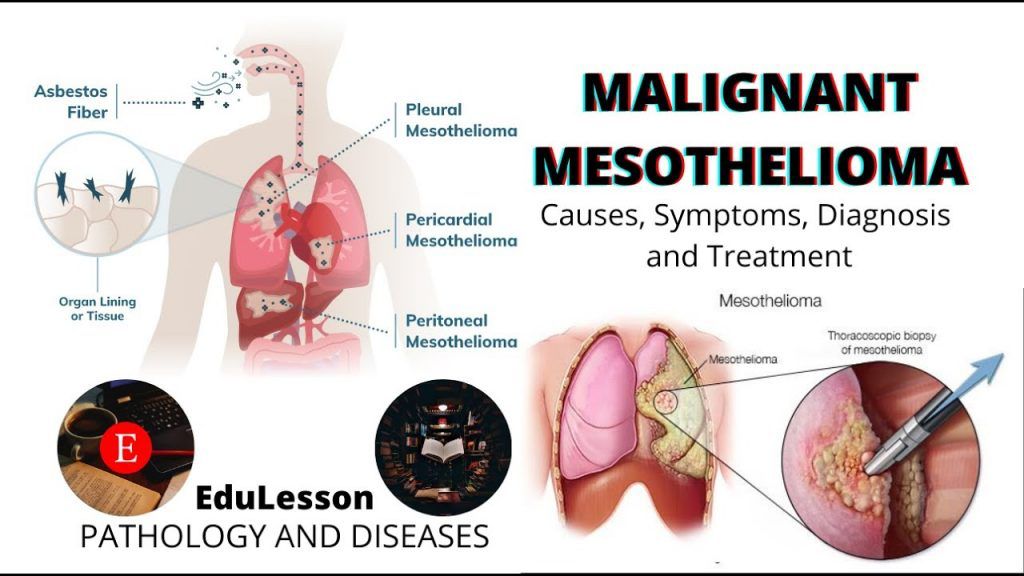
If you have malignant mesothelioma or are close to someone who does, knowing what to expect can help you cope. Here you can find out all about malignant mesothelioma, including risk factors, symptoms, how it’s found, and how it’s treated.
What Is Malignant Mesothelioma?
Malignant mesothelioma is cancer that starts in cells in the linings of certain parts of the body, most commonly the linings of the chest or abdomen (belly).
Cancer starts when cells start to grow out of control. Cells in nearly any part of the body can become cancer. To learn more about how cancers start and spread, see What Is Cancer?
The mesothelium
A layer of specialized cells called mesothelial cells lines the inside of your chest, your abdomen, and the space around your heart. These cells also cover the outer surface of most of your internal organs. The lining formed by these cells is called the mesothelium.
The mesothelium helps protect your organs by making a special lubricating fluid that allows organs to slide against each other. For instance, this fluid makes it easier for your lungs to move (expand and contract) inside your chest when you breathe. The mesothelium has different names in different parts of the body:
The pleura covers the lungs and the space in the chest that contains the lungs.
The peritoneum lines the inside of the abdomen and covers many of the organs in the abdomen.
The pericardium covers the heart and the space that holds the heart in the chest.
The tunica vaginalis lines the testicles.
Types of malignant mesothelioma
Mesothelial tumours can start in any of these linings. These tumours can be cancer (malignant) or not cancer (benign).
A cancer tumour of the mesothelium is called malignant mesothelioma. This is often shortened to just mesothelioma. Mesotheliomas can start in 4 main parts of the body.
Pleural mesotheliomas start in the chest. More than 3 out of 4 mesotheliomas are pleural mesotheliomas.
Peritoneal mesotheliomas start in the abdomen. They make up most of the remaining cases.
Pericardial mesotheliomas start in the covering around the heart and are very rare.
Mesotheliomas of the tunica vaginalis are very rare tumours that start in the covering layer of the testicles.
Malignant mesotheliomas are grouped into 3 main types based on how the cancer cells look:
More than half of mesotheliomas are epithelioid. This type tends to have a better outlook (prognosis) than the other types.
About 10% to 20% of mesotheliomas are sarcomatoid (fibrous).
Mixed (biphasic) mesotheliomas have both epithelioid and sarcomatoid areas. They make up the remaining 20% to 30% of mesotheliomas.
